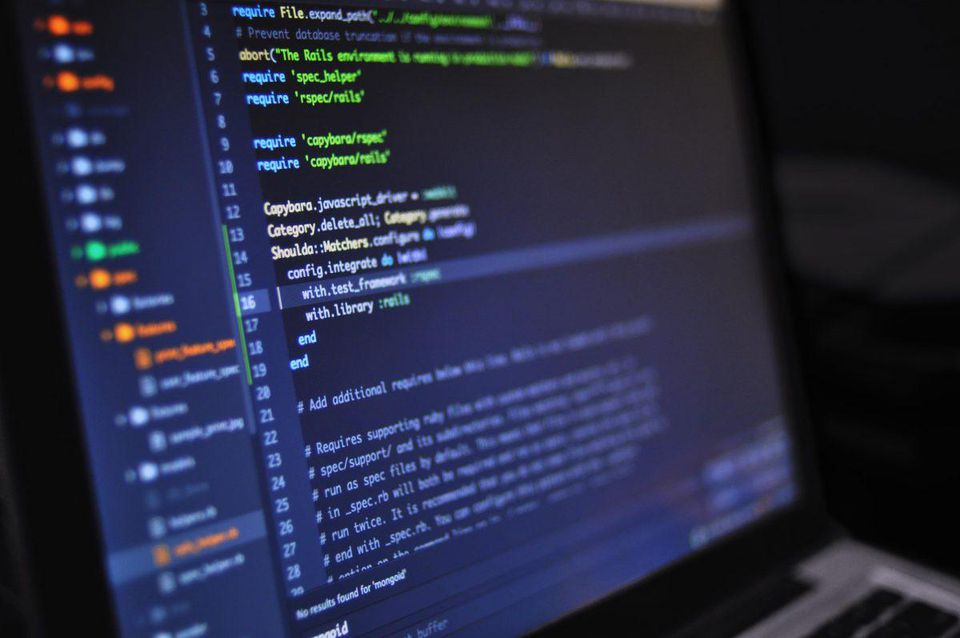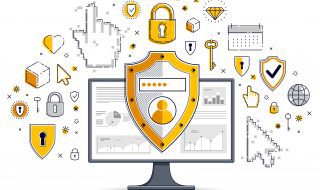One of the most valuable things a company has is its brand name. A reputable trademark that represents reliability or quality customer service takes years to develop.
Unfortunately, the very ability of reputable brand names to establish a good rapport with consumers makes them vulnerable to misuse as well.
Phishing attacks, domain squatting, and other scams where criminals disguise themselves as reputable entities in an effort to attain sensitive information are more prevalent than ever before. A recent report put out by the Anti-Phishing World Group (APWG) found that the number of phishing domains registered by the end of 2020 had nearly doubled as compared to the beginning of the year with 225,304 unique phishing domains being detected in the month of October alone.
A similar report from Interisle Consulting Group (ICG) found that for every new TLD registered since 2014 two phishing domains are registered. The report from ICG also found that around 65 percent of phishing domains are used within 5 days to try and attain personal data from unsuspecting people.
To prevent scammers from using their trademarks to steal data, big brands must protect themselves and their customers. So how do organizations ensure that their domains and trademarks aren’t being misused? They use a number of domain-specific brand protection services such as domain monitoring and TMCH.
Domain Protection Mechanisms: Monitoring, TMCH, and DPML

The internet is a big place. When cyber-squatters try to incorporate a company brand or trademark into a domain, there is an endless number of ways they can do it. Just think of all the ways a brand like Nike or Apple can be used in a domain when combined with other words, numbers, letters, or variant spellings across the 1000+ ccTLD and TLD extensions that are available for registration.
One core activity that big brands and corporations do to identify and prevent misuse is called domain monitoring. Domain monitoring is usually achieved through a third-party firm—like Webnames Corporate —that scours the web for domains that use things like brand variations, intentional misspellings of existing brands, and counterfeit domains. This allows corporations to constantly be on the lookout for bad actors who might attempt to hijack their brand, quickly identifying infringing domain names before they can be used for phishing, e-commerce fraud, or extortion.
While domain monitoring is an invaluable and necessary tool that modern companies need in their arsenal, it is not enough on its own to protect brands in a constantly evolving domain threat landscape. Companies also need to utilize proactive rights protection mechanisms, ones that head off cybersquatting before it occurs. That’s where services like Trademark Clearinghouse (TMCH) and the Domains Protected Marks List (DPML) come into play.
The Trademark Clearinghouse (TMCH) is a centralized database of verified trademarks that is maintained by the Internet Corporation for Assigned Names and Number (ICANN) and works to ensure that domains registered in new TLDs are attached to the legitimate brand or trademark holder. After a trademark is successfully submitted, brand owners gain access to Sunrise registration, the earliest period in which a new domain can be registered, as well as the Trademark Claims Service which notifies them of possible infringements.
TMCH enrollment enables brand owners to also take advantage of the Domains Protected Marks List, an affordable and powerful brand protection service that prevents third parties from registering verified trademarks as domain names across hundreds of different TLDs.
The Risks Leaving Domains Unprotected

If organizations neglect to proactively protect and monitor domains for the illegitimate use of their brand and trademarks, they risk, not just another party profiting off their name, but also the negative impact that it can have on their reputation. In addition to a tarnished reputation, phishing attacks can result in data hacks or exposing a company to liability.
All this risk means that companies must constantly be taking steps to prevent illegitimate use of their trademarked property through proactive domain monitoring.




